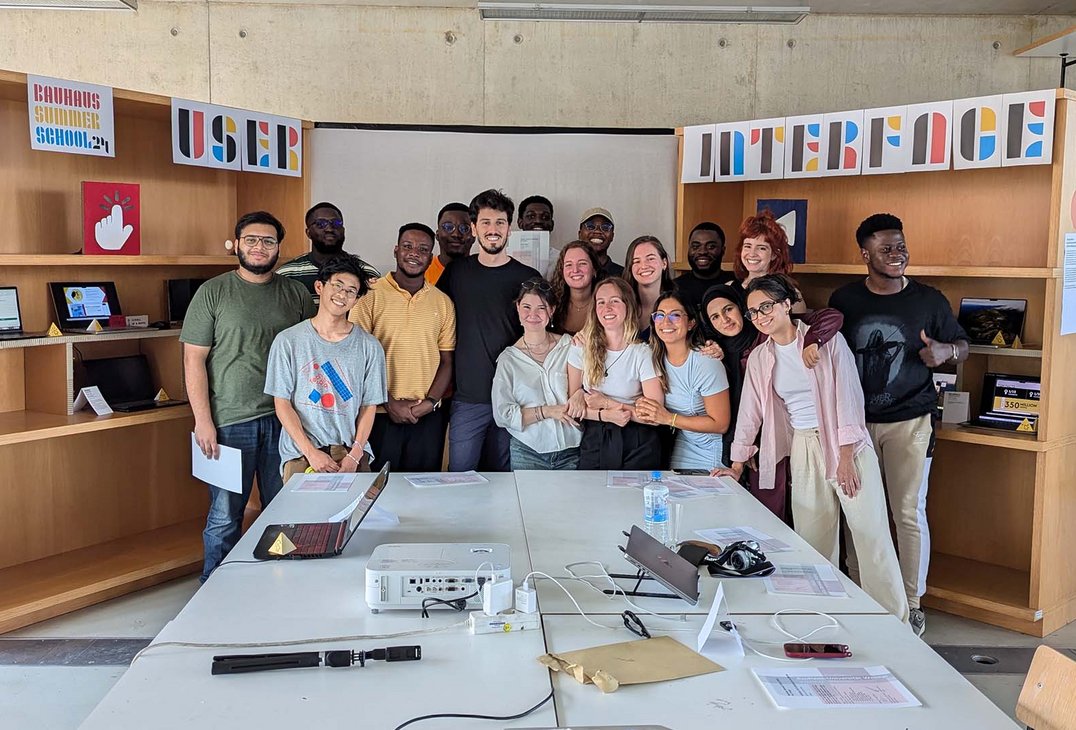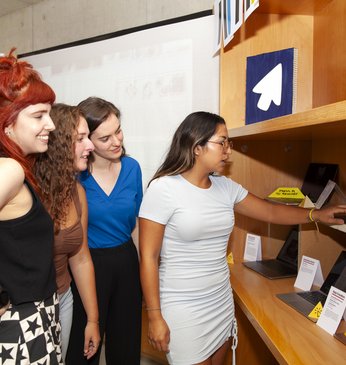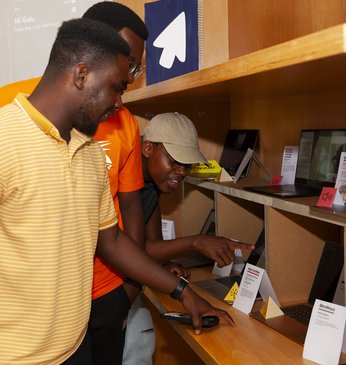Course description only available in English.
Designing Modern User Interface Design
In this workshop, we will explore the fundamentals of User Interface (UI) design. You will learn – in theory and practice – the basic concept of UI design and gain practical skills to create visually appealing and user-friendly interfaces for various digital platforms. We'll dive deep into essential UI design elements, including typography, colour, and grid, and how to apply them in our layouts effectively. Throughout the course, you will have the opportunity to work on real-world design projects, applying the principles we’ve learned to solve common User Interface challenges.
Bauhaus Context
This course is based on the fundamental Bauhaus principle of "form follows function," emphasising the integration of aesthetics and functionality to achieve a harmonious and functional design. In the context of UI design, we will draw inspiration from this philosophy to steer our design endeavours, aiming to craft digital interfaces that seamlessly prioritise both aesthetics and functionality.
Typography
In the context of typography, we'll examine old letter fragments and typography sketches sourced from the Bauhaus archives. Our focus will be on incorporating these elements in our layouts to improve the functionality and readability of digital interfaces. By drawing inspiration from historical letterforms and design concepts, we will aim to create a seamless integration that enhances the visual and practical aspects of digital communication.
Colour Theories
We will explore the Bauhaus approach to colour theory and its influence on user interface design. Through a detailed analysis of Bauhaus colour theories, we aim to understand how they can inform our design decisions, going beyond aesthetics to enhance information conveyance and create digital interfaces and experiences that are user-friendly.
Prototyping and Wireframing
We will produce storyboards, wireframes, and we will use the industry-standard tools like Figma or Sketch to design and prototype our concepts of Bauhaus theme into state-of-the-art visual design. Through this process, we aim to present our ideas interactively.
Coding as a Design Tool
In this workshop, we will explore the synergy between design and technology in the realm of UI/UX design. We will gain foundational programming skills needed to understand the implementation of our design concepts. Through practical coding exercises, we will develop a versatile skill set that combines the best of both worlds—design aesthetics and technical implementation.


